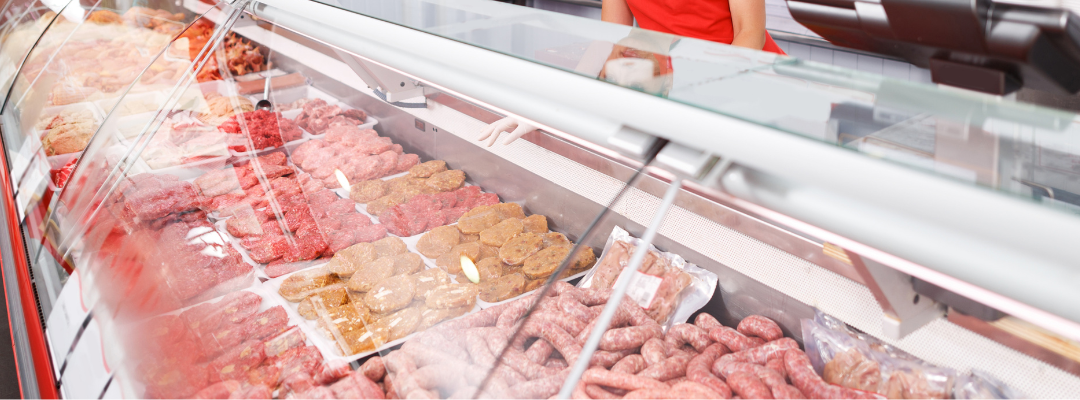There are a lot of interesting things going on in livestock markets as we start Spring (at least by the calendar, if not the temperature). Calf prices are sharply higher, corn prices are down a little, and hog prices and beef exports are struggling. But, this week we’ll look at beef cow slaughter which is down sharply from earlier this year and compared to a year ago.
From the first week of the year through the first week of March 621,900 beef cows have gone to packers. That is 53,300 head fewer (down 7.9 percent) than the same period last year. The 63,000 head sent to slaughter for the week ending March 4th was the smallest non-holiday week beef cattle slaughter since early April 2021.
Beef cow slaughter data is reported by USDA with states aggregated into regions. Most Southern states are in Regions 4 and 6. Region 4 includes the deep South from Mississippi to North Carolina and up to Kentucky. Beef cow slaughter this year in region 4 is down 7.4 percent from last year. Region 6 culling, which includes Texas, Arkansas, and Louisiana, is 10.1 percent smaller than last year. It looks like culling in both regions has slowed even more over the last couple weeks. One notable region is showing an increase in beef cow slaughter. Region 7 includes Iowa, Kansas, Missouri, and Nebraska and slaughter is up 3.4 percent over last year. Drought remains severe in Kansas and Nebraska according to the drought monitor.
It is worth noting that beef cow slaughter normally declines seasonally a little from January into March and April. This decline in slaughter this Spring is larger than normal.
Most everyone who follows the cattle market knows that large numbers of beef cows were sent to market in 2022 due to drought and low calf prices relative to costs. One of the interesting questions for 2023 is whether cow culling slows down. The answer, so far, appears to be “yes.”

Anderson, David. “Beef Cow Culling Sharply Lower.” Southern Ag Today 3(12.2). March 21, 2023. Permalink










